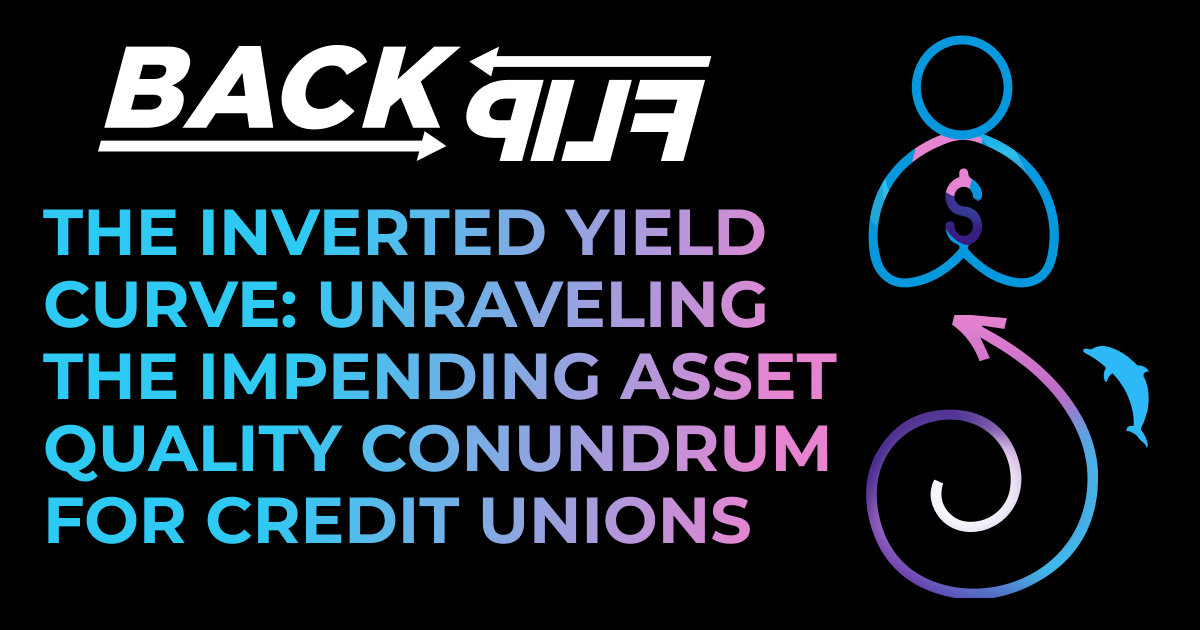The financial lexicon often refers to the inverted yield curve as a harbinger of economic headwinds. This scenario, where short-term interest rates tower over long-term rates, is predicted to cast a long shadow over credit unions, especially impacting asset quality. Here’s an elucidation of the intertwined factors at play:
Soaring Funding Costs: The inversion of the yield curve signifies a rise in short-term interest rates, thereby amplifying funding costs for credit unions. This escalation is a financial encumbrance, potentially squeezing the margins.
Sluggish Loan Growth on the Horizon: The forecast for 2024 isn’t very rosy with loan growth expected to decelerate. This slowdown could be a derivative of lesser demand for credit union loans, possibly influenced by the inverted yield curve and the associated economic ramifications.
Eroding Net Interest Margins: The fallout of climbing funding costs and diminishing loan growth is likely to erode net interest margins. This erosion is synonymous with reduced profitability, a scenario any financial institution dreads.
Ascending Loan-to-Savings Ratios: An offshoot of the aforementioned factors is the ascent of loan-to-savings ratios, indicative of burgeoning liquidity risk. A higher ratio underscores a liquidity crunch, which could further exacerbate funding costs and constrain operational flexibility.
The amalgamation of these factors heralds a potential decline in asset quality for credit unions. The diminishing asset quality is a red flag, signaling the need for robust risk management strategies and prudent financial stewardship.
As credit unions brace for the impact of the inverted yield curve, the essence of proactive management, innovative solutions, and a steadfast commitment to member-centric ethos will be the lighthouse in the financial storm. By navigating these financial intricacies with foresight and adaptability, credit unions can strive to uphold asset quality, ensure operational resilience, and continue fostering financial inclusivity in their communities, even in the face of economic uncertainties.
